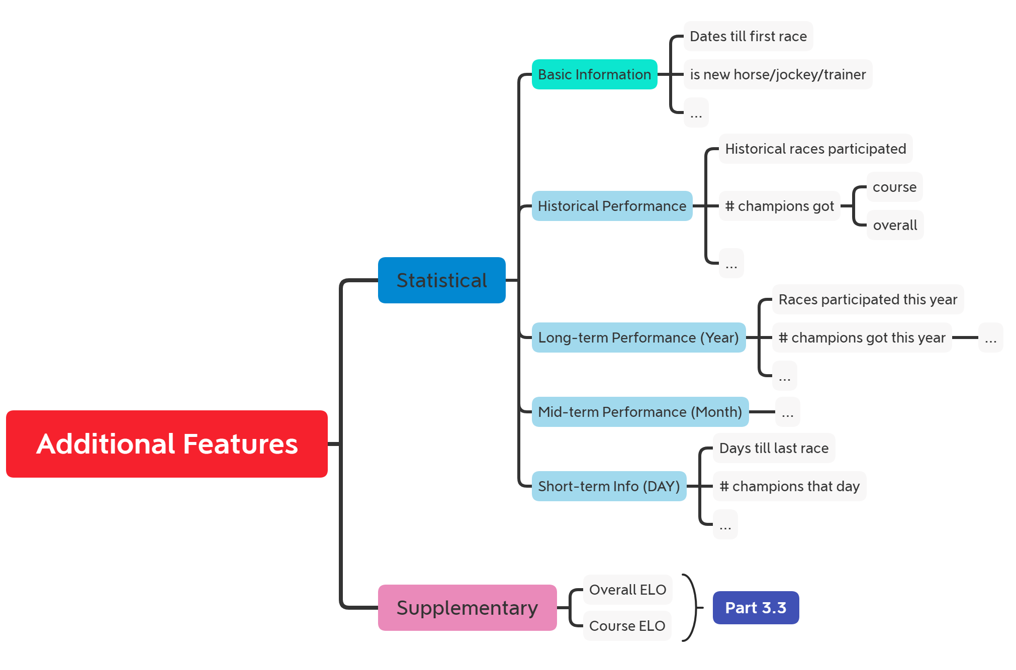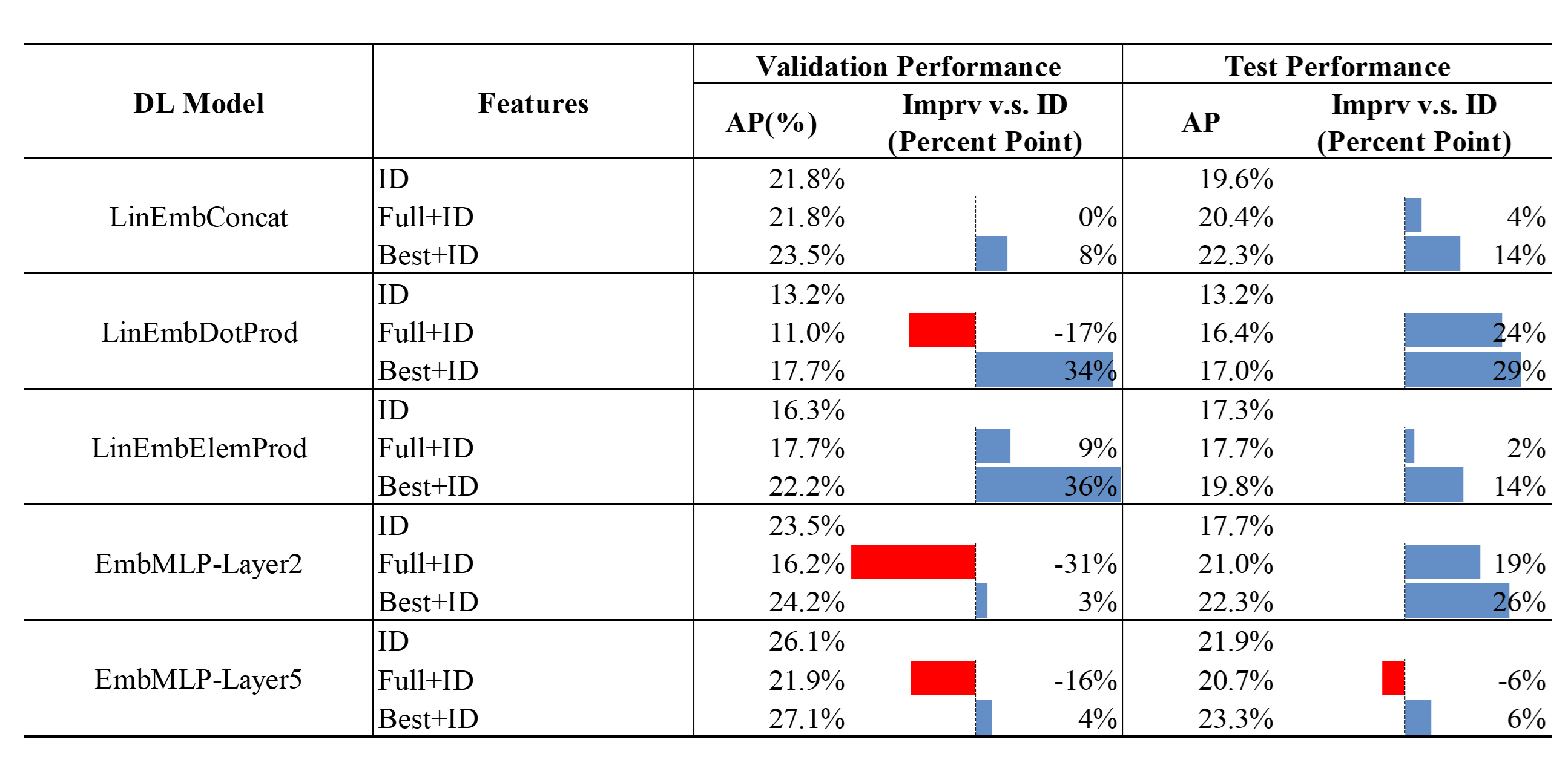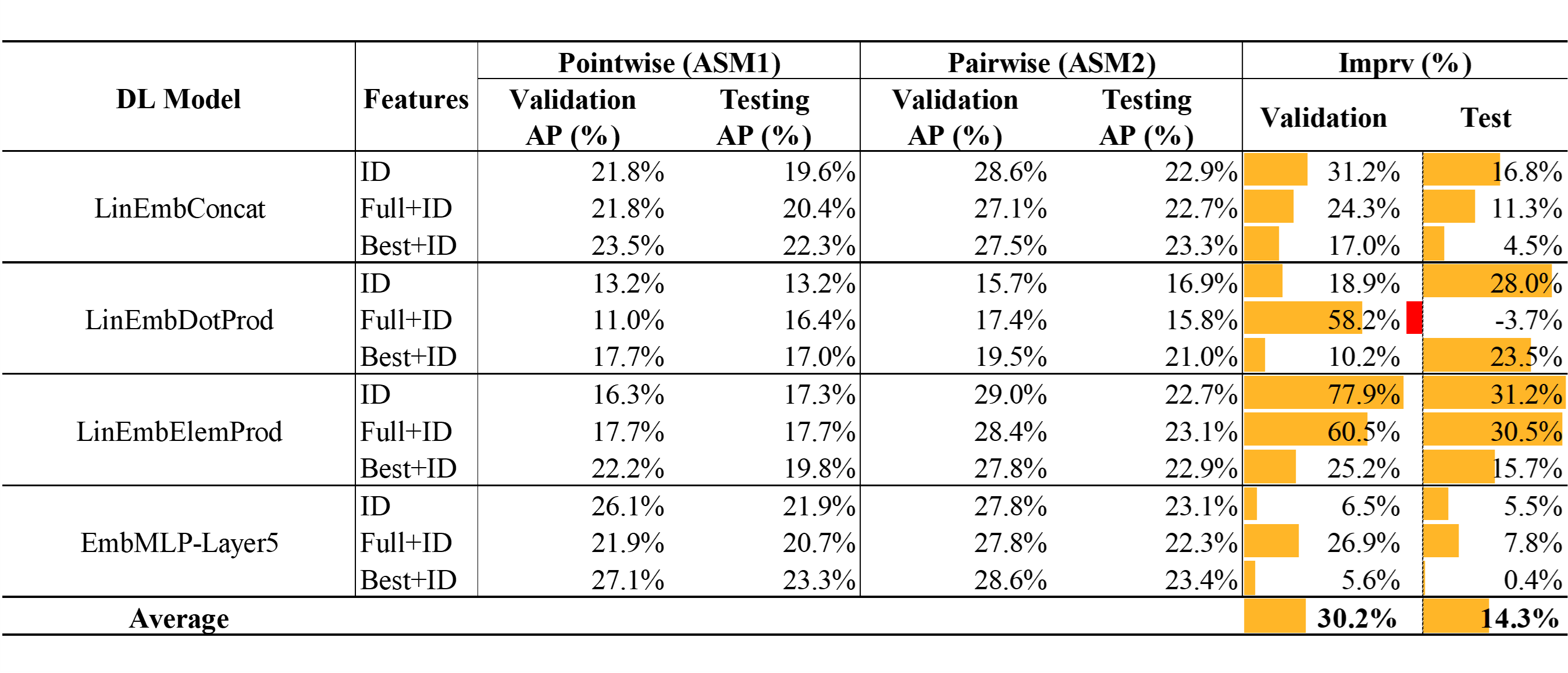The repo is made for the data mining pipeline of HKCJ horse racing champion prediction.
Hong Kong Jockey Club (HKJC) organizes and regulates horse racing events every week. Predicting the champion of races has been a problem. However, the previous works only focus on pointwise ranking, and with no all-round pipelines for data mining.
In this work, not only had we crawled 54436 racing records across 7 years, conducted feature engineering and selection, and built 5 ML models and 4 DL models that follow the traditions, but also innovatively applied pairwise training manner to tackle the problem, and developed python module for horse racing crawling, processing, and champion prediction.
Further experiments and analysis proved our assumption of pairwise ranking is better over traditional ethics. We achieved at most 31.0% and 23.4% champion hit rate in validation and testing set.
For more details, you are welcomed to check our report.
2.2 Structure for horse
Horse is the main package developed for HKJC scrapping, processing, prediction, and evaluation, whose code base is organized as follows:
The codebase horse is organized as followings.
└── horse
├── data
│ └── load_data.py # Script to load thedata
├── model
│ ├── ml_model.py # Machine learning models
│ └── racing_model.py # Deep models
├── scrapper
│ ├── datetool.py # tool for race days, HKJC
│ └── pagetool.py # tool for pages, HKJC
├── process.py # trivial processing
├── train_dl.py # pointwise training for deep models
├── train_pairwise.py # pairwise training for deep models
├── train_ml.py # pointwise training for ML models
├── grid_search_dl.py # grid search for dl
└── grid_search.py # grid search for ml
Please refer to the processes in web crawler.
Functions will automatically pick racing dates out of the expected time window, and craw the records accordingly from HKJC.
Since the raw features can hardly depict entities performances, more comprehensive statistics should be made to capture their historical, long-, mid-, and short-term performances. After conducting detailed analysis over popular horse racing papers, we made feature map as follows, and further realized them afterwards.
ELO is a trending way evaluating relative skills among players. We modeled race-level elo, which is based on:
Also, we made course-wise elo for each entity, to capture its competitiveness in specific course.
The traditional way of horse racing champion prediction focuses on pointwise ranking, i.e. making guess on the probability each instance would win independantly, and taking the highest as the champion. However, such manner would hardly capture the order inside each game.
Here we applied pairwise training strategy, which output relative ranking score for each instance instead of probability. By maximizing score gaps between instances with ordering, model would be able to capture the underlying orders, with better performance, and robustness.
The training flow of which in horse racing looks like:
Train Machine Learning Models, for example
python ./horse/train_ml.py --logistic --C 0.0001
Train Deep Models with point-wise manner, for example
python ./horse/train_dl.py --model_name EmbMLP --k_dim_field 4 --k_dim_id 16 --num_layers 5 --epoch 8 --batch_size 20 --learning_rate 5e-5 --weight_decay 1e-3
Tune parameters of pairwise DL models with grid search:
python ./horse/grid_search_dl.py --train_file_path ./horse/train_pairwise.py --model_name EmbMLP
Please firstly load our dataset before further experiments:
from horse.data.load_data import DataSet
data = DataSet(
# z-score standarlization for numeric features
scaling=True
# mapping categorical with ix, for emb lookups
, do_categorization=True
# best 22 features, check more in feature selection
, use_best_feats=True
)
# cut train, val, test by time with 0.8, 0.1, 0.1 perc
train, val, test = data.my_train_val_test_split([0.8, 0.1, 0.1])Then make your own models, or call the ones in our repo ./horse/model/.
Prepared models includes:
- ML: Logistic Regression, Decision Tree, Adaboost, Random Forest, XGBoost;
- DL: Perceptron with embdding concatenation, dot product, and elem-wise product; MLP with embedding concatenation.
Models are required to predict one champion for each game, and will be further evaluated with champion hit rate, or formally, average precision (AP).
The following is the performance across all models compared with two baselines (random, lowest winning odds).
We still have a lot to do! Our models so far still cannot beat winning odds without it!
Also, we have some interesting findings along the path. Again, check details in our report, only key ideas would be presented here.
How would models perform with only looking at who is riding on which horse? Such idea originates from recommendation system, and we made experiments over deep models with three sets of data, under pointwise assumptions:
- only ID features are passed;
- ID + All Numeric Features;
- ID + Most Imformative Numeric Features.
- With only IDs for embedding lookups, models are equipped enough predictability if properly trained.
Besides, the newly proposed pairwise training manner out perform the traditional pointwise a lot regarding nearly all models' AP.






